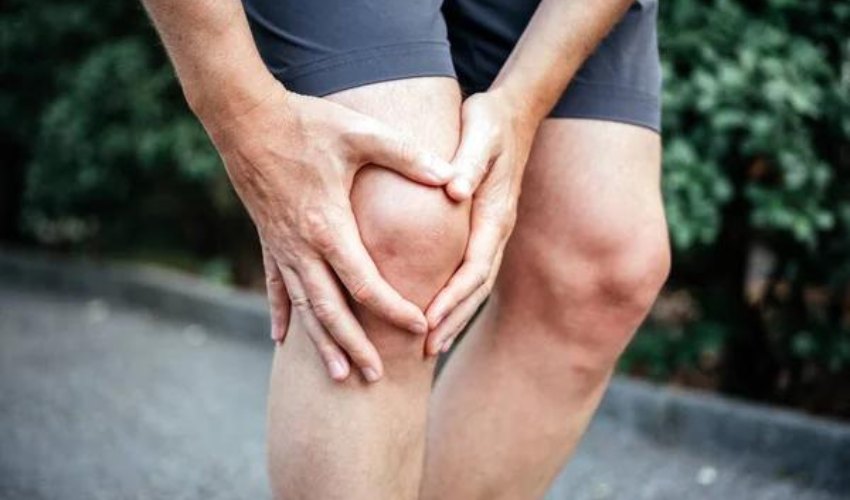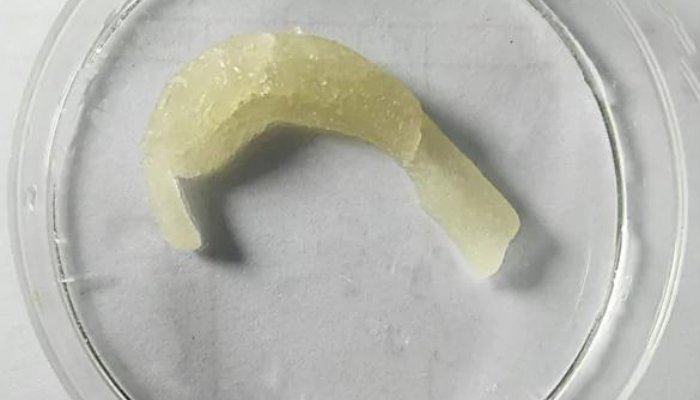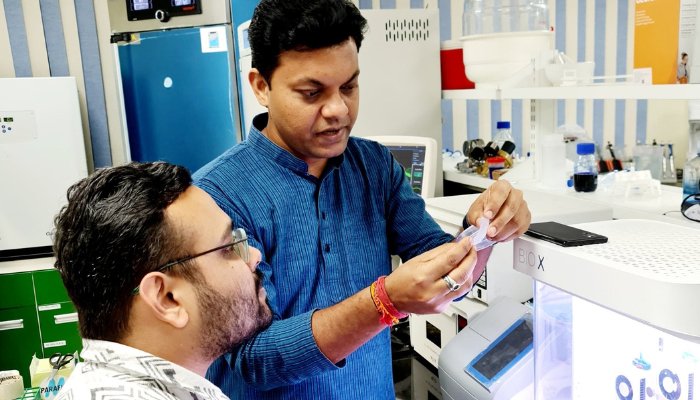3D Printed Silk Bio-Ink Shows Potential for Knee Meniscus Repair

At the intersection of medical biotechnology and additive manufacturing, a team of researchers from the Indian Institute of Technology Guwahati and West Bengal University of Animal and Fishery Sciences, Kolkata, have forged a path toward innovative knee injury treatment. Their work combines the use of cutting-edge 3D printing technology with a specially formulated silk-based bio-ink, promising a paradigm shift in the way knee injuries are studied and treated.
The focus of this approach lies on the knee meniscus, a vital fibrocartilage structure crucial for knee joint stability. This knee component is challenging for surgeons to operate on and is often prone to tears and injuries, requiring invasive procedures to fix. Traditional treatment methods, such as open surgery and tissue removal, pose significant challenges and may not always have satisfactory results, especially in cases of severe tears or chronic conditions like osteoarthritis. Because of these hurdles, the result is often post-operation compilations and lengthy rehabilitation times.

The 3D bioprinted meniscus. (Photo Credits: Biman B Mandal)
Professor Biman B. Mandal and his team aimed to address these challenges through the development and 3D bioprinting of a customized bio-ink designed explicitly for knee meniscus tissue engineering. Comprising of silk fibroin methacrylate, gelatin methacrylate, and polyethylene glycol dimethacrylate, this unique combination of silk-based materials, inspired by India’s rich tradition of silk clothing, is tailored to improve tissue engineering applications, particularly in meniscus regeneration.
A key innovation lies in the bio-ink’s ability to maintain a gel-like consistency during 3D printing, ensuring extremely accurate layer-by-layer deposition of the knee meniscus structure. By incorporating stem cells derived from human platelet-rich plasma into the bio-ink, the researchers ensured the presence of fibrochondrocytes (as the old stem cells will mature into the new fibrochondrocytes), the primary cell type responsible for meniscus tissue repair and regeneration.
To ensure the bio-ink could handle the strain of movement and loads and would not cause adverse reactions within the body, Mandal and his team conducted thorough testing, including simulations mimicking repetitive knee movements and evaluations of immune response in animal models. Impressively, the bio-ink withstood the mechanical stress and caused zero negative immune responses, allowing for further preclinical evaluations before testing on actual patients.

Professor Mandal and Ashutosh Bandyopadhyay. (Photo Credits: Biman B Mandal)
Looking ahead, the research team hopes this project will push them toward a future where their silk-based bio-ink formulation becomes a standard treatment option for knee meniscus injuries, offering a minimally invasive alternative to traditional surgery. By leveraging 3D printing technology and tapping into the regenerative potential of stem cells, they aim to provide patients with a reliable, patient-specific solution that promotes tissue healing and preserves knee function.
What do you think about this 3D printed meniscus made from silk bio-ink? Let us know in a comment below or on our LinkedIn, Facebook, and Twitter pages! Don’t forget to sign up for our free weekly newsletter here for the latest 3D printing news straight to your inbox! You can also find all our videos on our YouTube channel.






